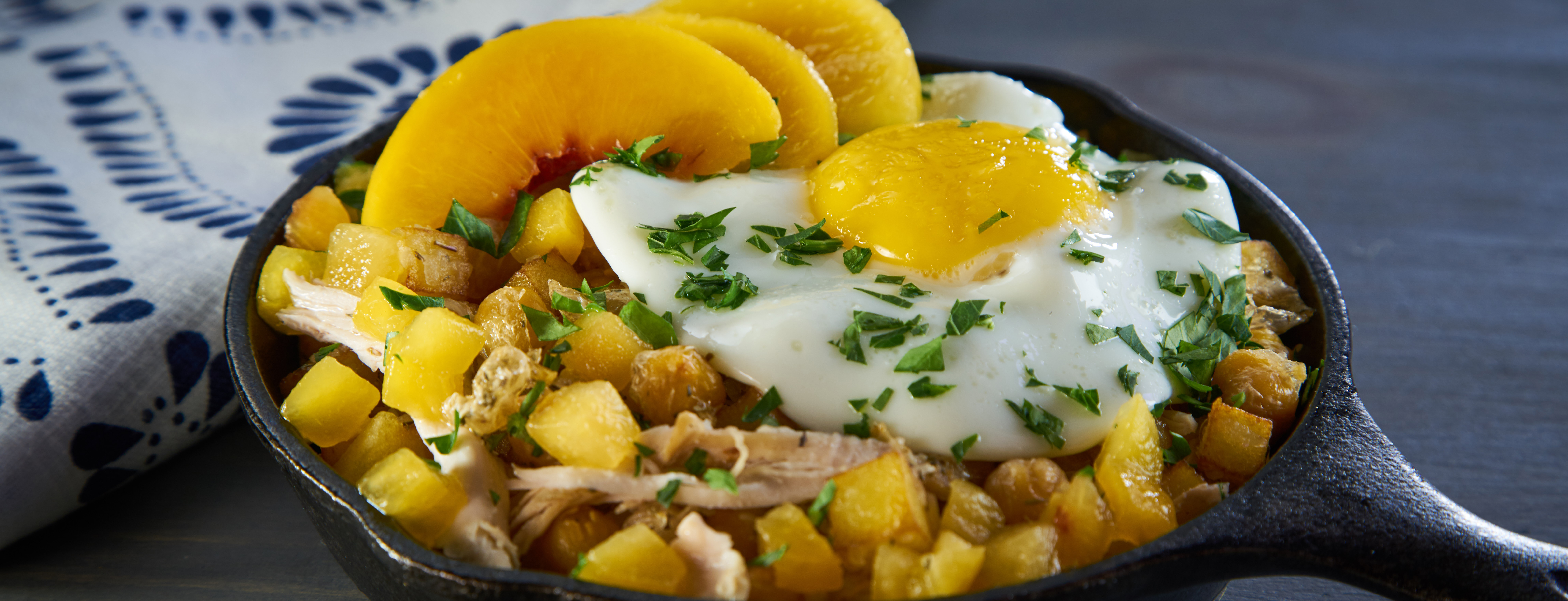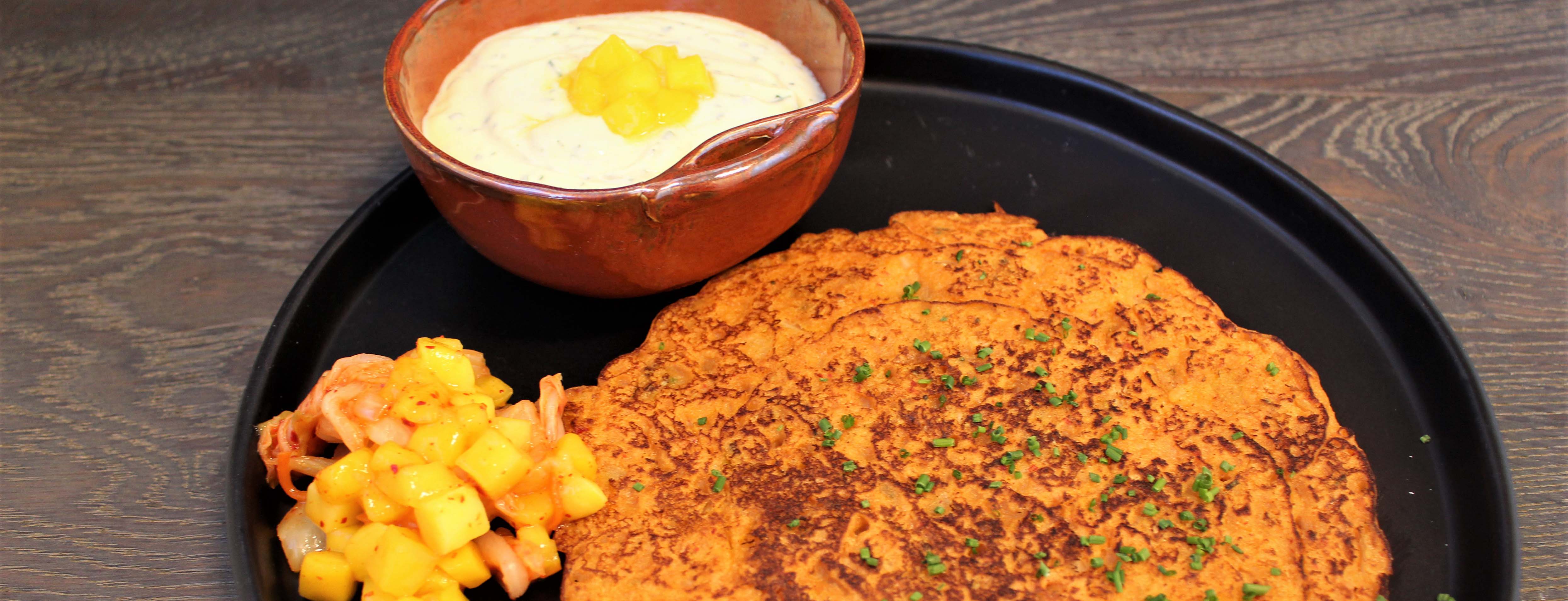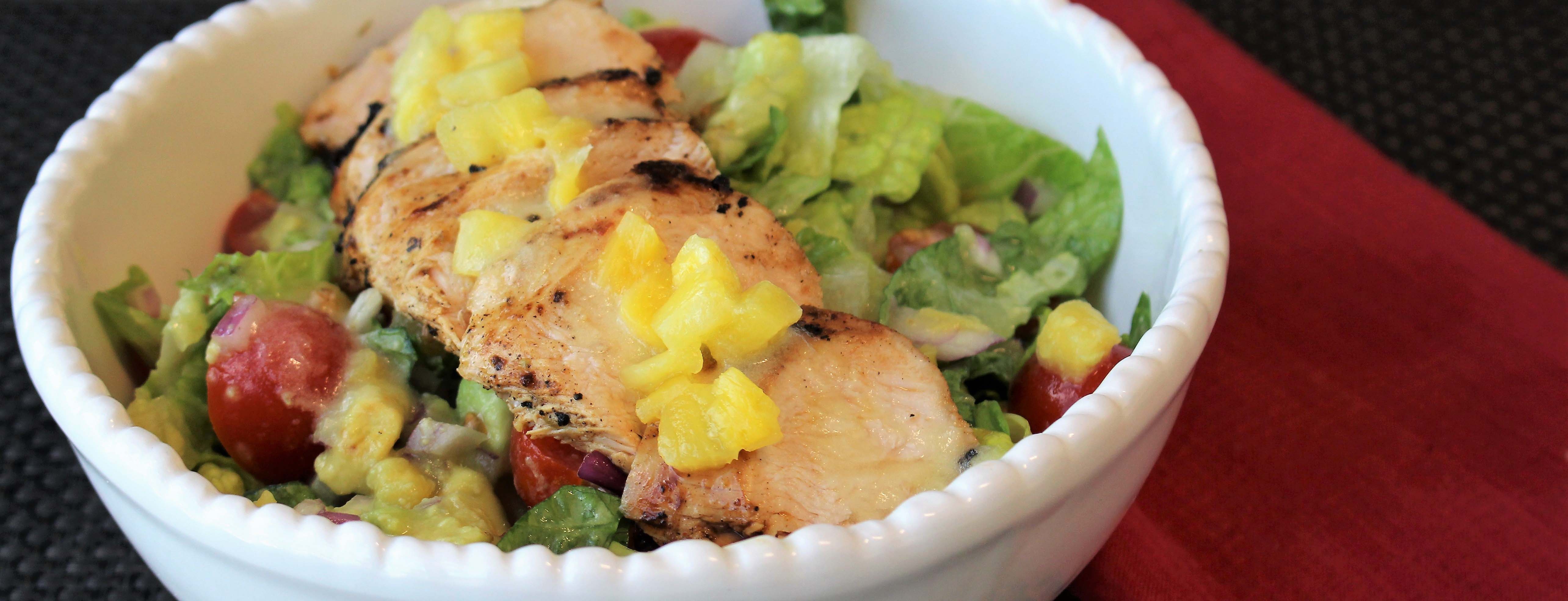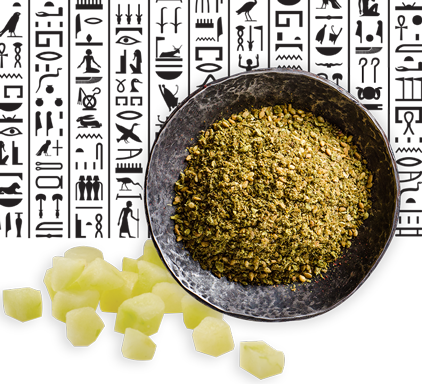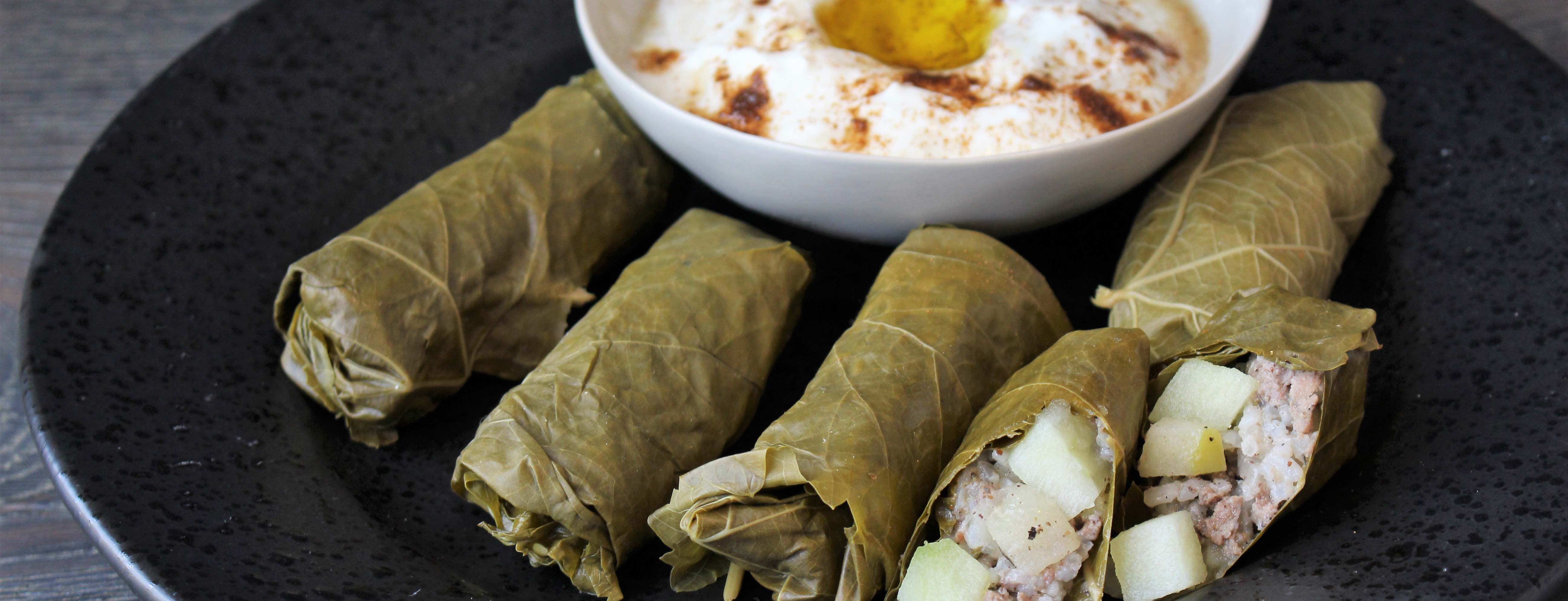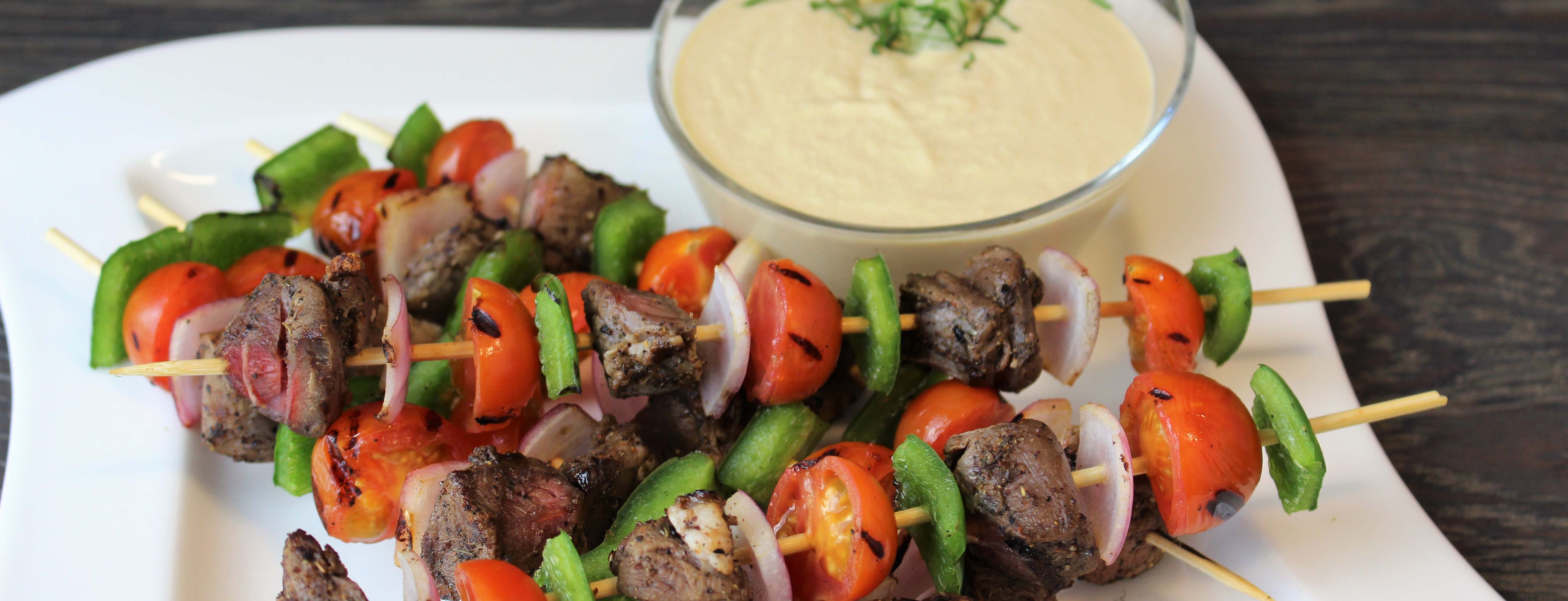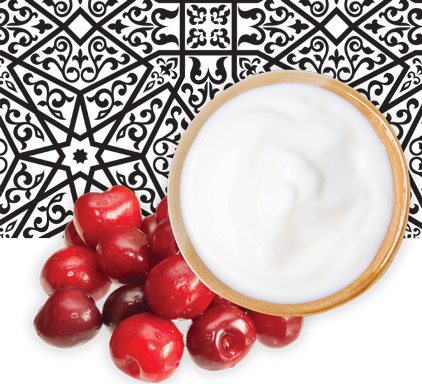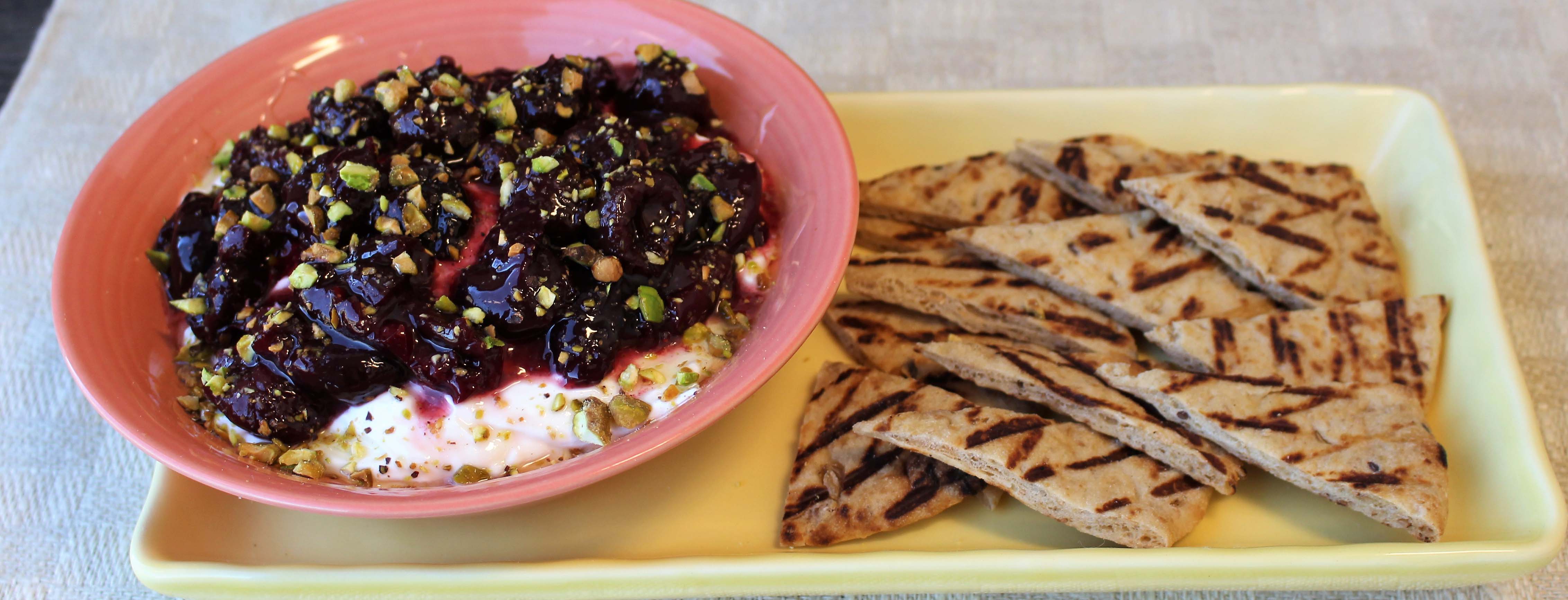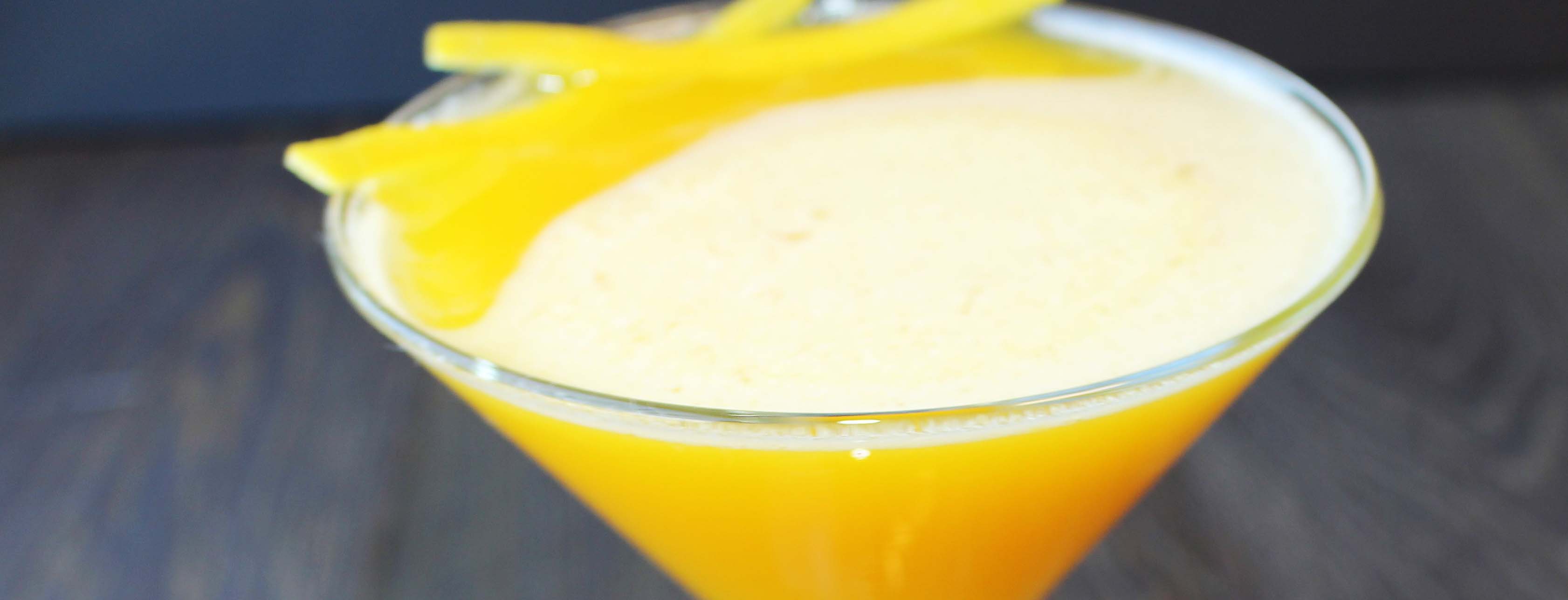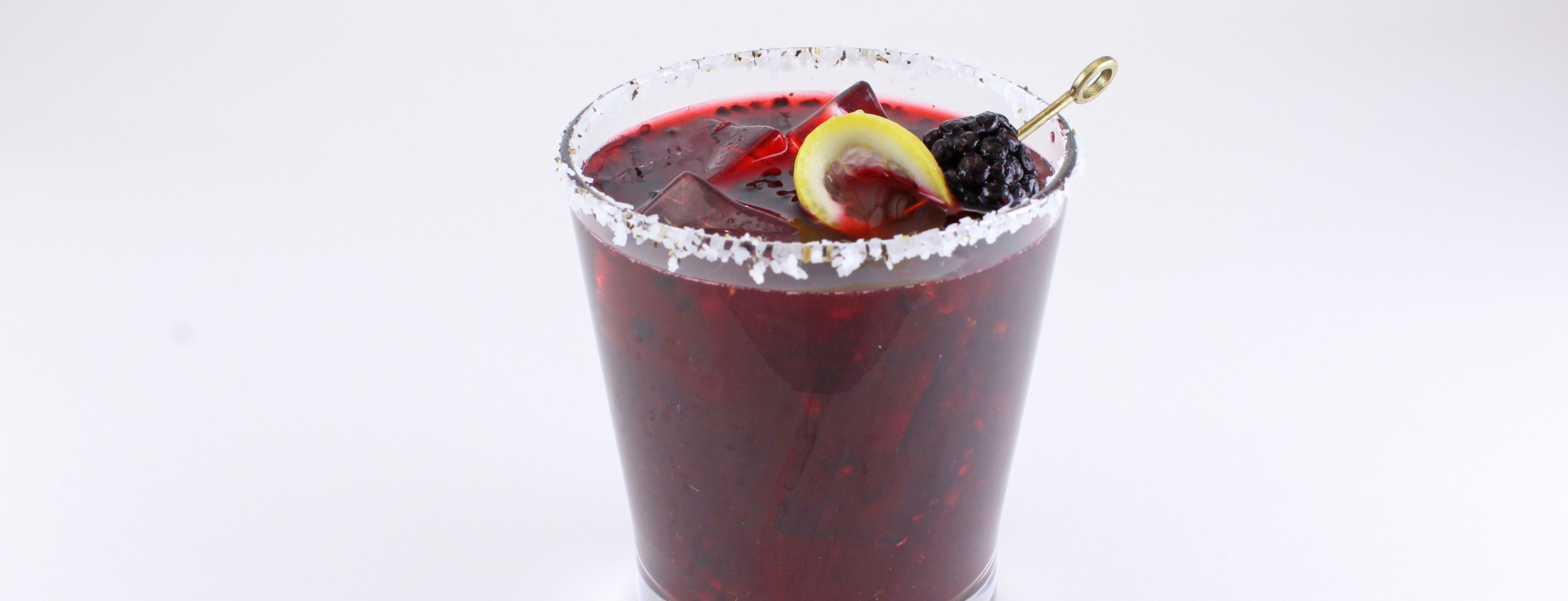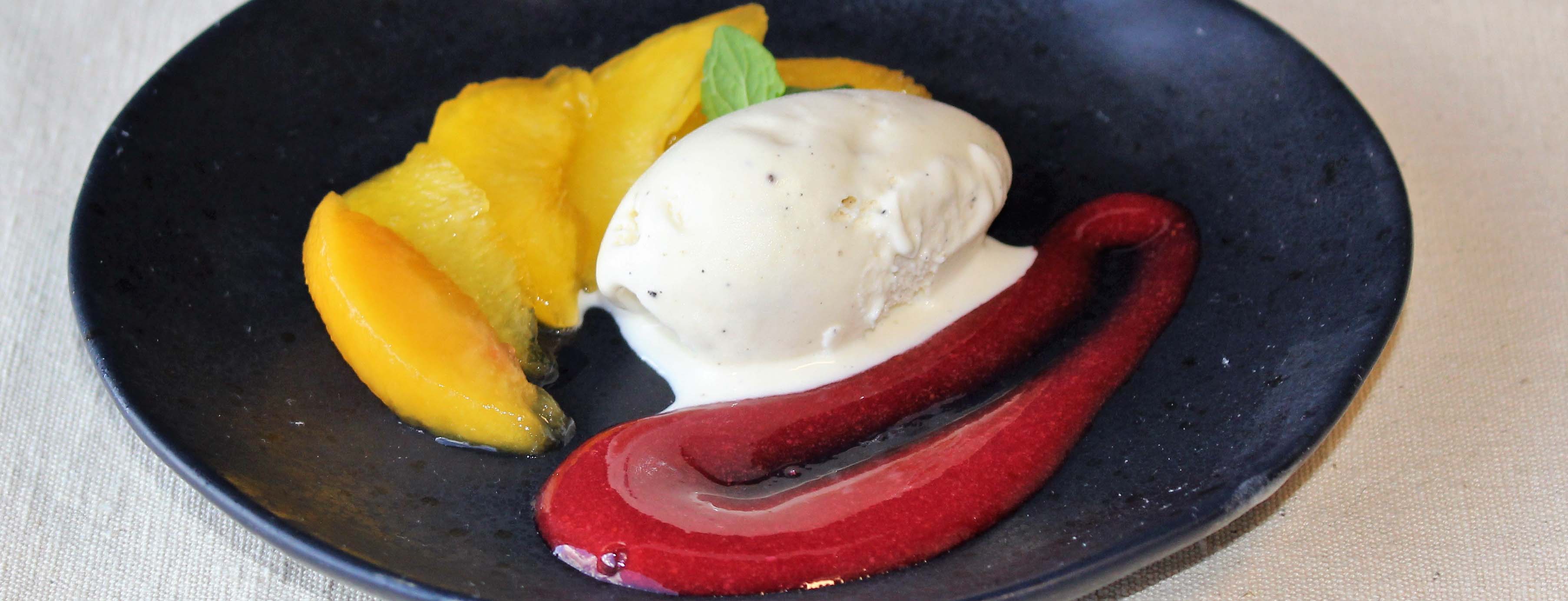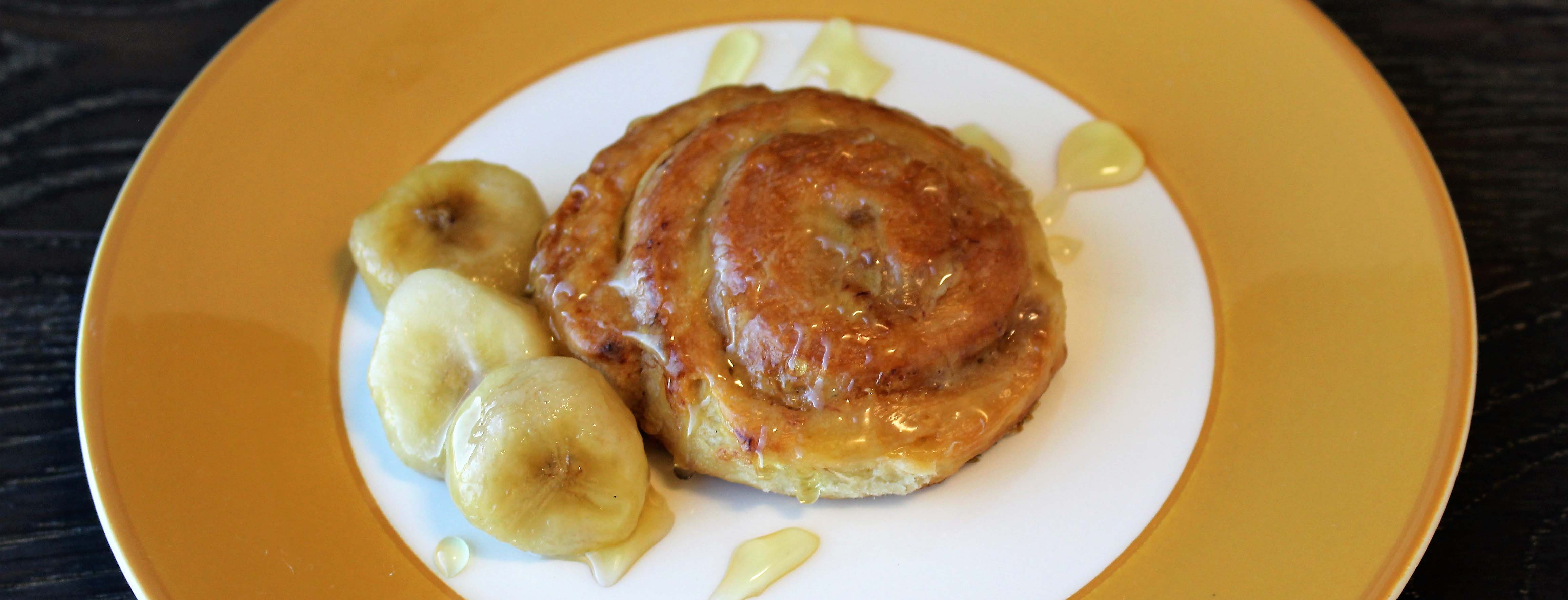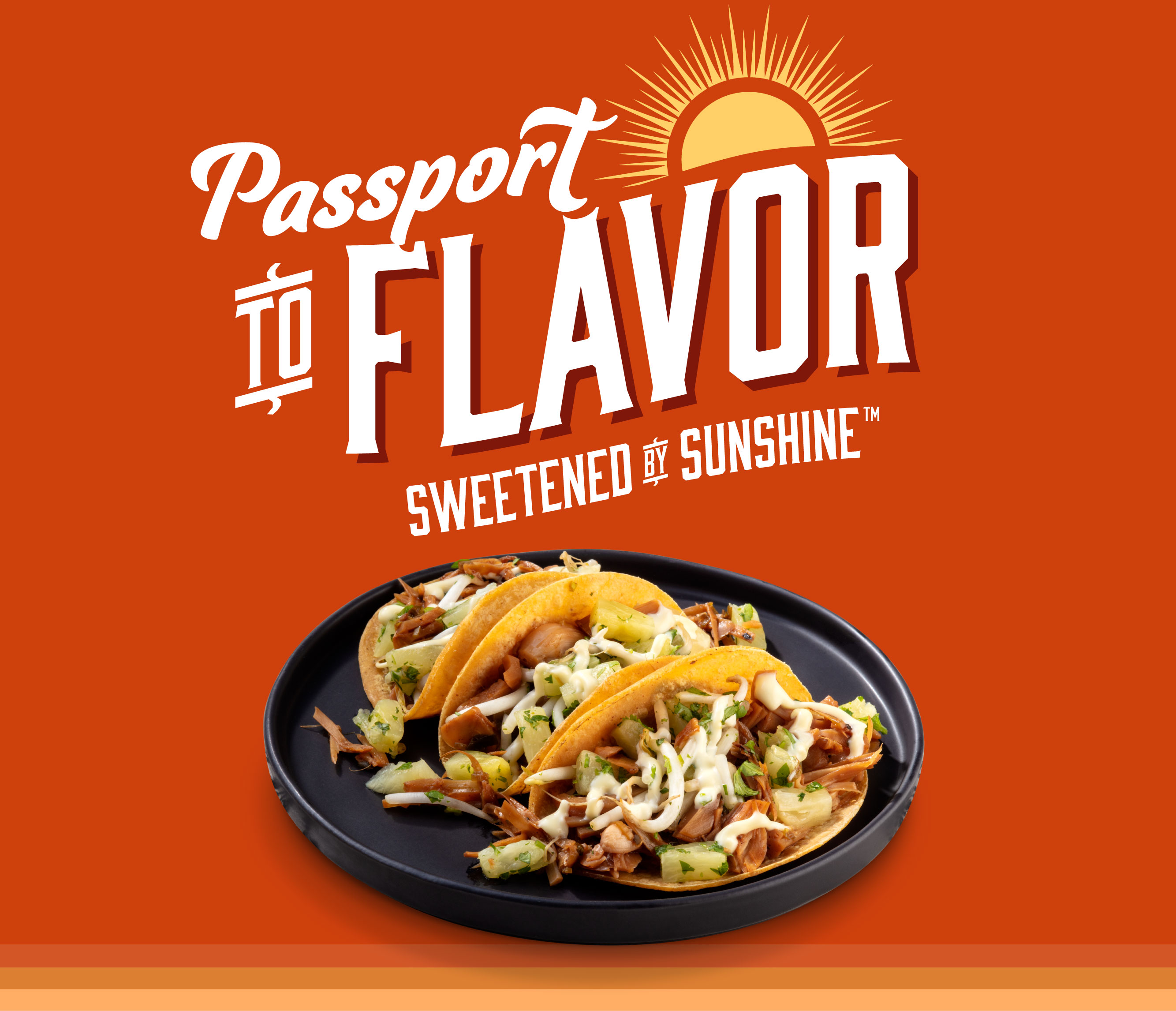
- AMARANTH & BLUEBERRY
- DUKKAH & PEACH
- TOGARASHI & STRAWBERRY

- SORGHUM & CHERRY
- GOCHUJANG & RED PAPAYA
- SUMAC & STRAWBERRY

- MISO & MANDARINS
- CURRY & MANGO
- PIRI PIRI & PINEAPPLE

- POBLANO & MANGO
- ZA'ATAR & APPLE
- LABNEH & CHERRY

- TURMERIC & MANGO
- PEPPERCORN & PINEAPPLE
- TEA & MIXED BERRY

- CARDAMOM & PEACH
- CRÈME FRAICHE & BLACKBERRY
- HONEY & BANANA

Welcome to the 2018 Fruit Pairings
For 2018, we are diving into the history of the ancient herbs, spices and grains that our ancestors have used for thousands of years. From the everyday peppercorn to the not-so-common sumac berry, Dole has compiled a list of food pairings featuring these ancient ingredients. Click on the categories above to view a brief history of each ingredient and discover innovative, ancient-inspired recipe ideations for every menu and daypart.
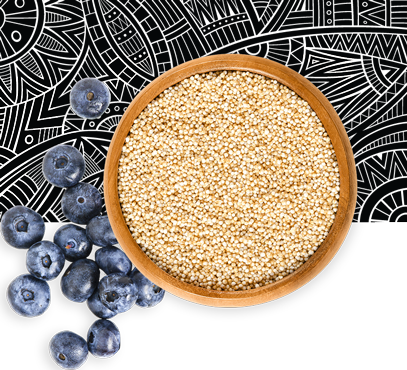
AMARANTH &
BLUEBERRY
sweet & nutty flavor
Great for
- breads
- pancakes
- waffles
- baked goods

This naturally gluten-free grain was not only a staple as a food source, but was also used in religious practices and even presented as an offering to the Aztec emperor. The crop was once outlawed by the invading Spaniards due to the role it played in religious practices. However, amaranth survived, due to its fast growing and durable nature.
AMARANTH &
BLUEBERRY

Blueberry Coconut Amaranth Bowl
A delicious breakfast bowl pairing ancient grains and blueberries.
Go to Recipe

Gluten Free Amaranth and Blueberry Scone with Blackberry Cream
A tasty gluten free scone filled with blueberries.
Go to Recipe
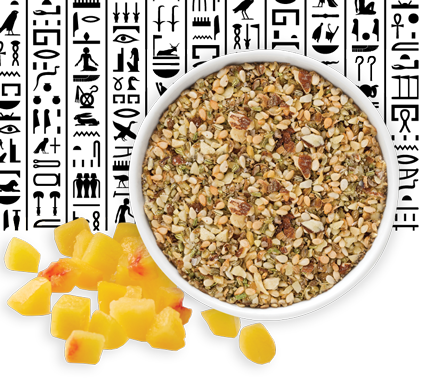
DUKKAH &
PEACH
tangy & nutty flavor
Great for
- dressings
- dipping sauces for
salads and sides

This Egyptian spice mixture comes from humble beginnings. Dukkah was originally seen as a food for peasants. Used as a mixture for dipping bread, dukkah provided a source of protein for those who could not afford traditional meats. This aromatic mixture is made by crushing up a combination of nuts and spices, which speaks to its Egyptian origin, meaning “to crush” or to pound”.
DUKKAH &
PEACH
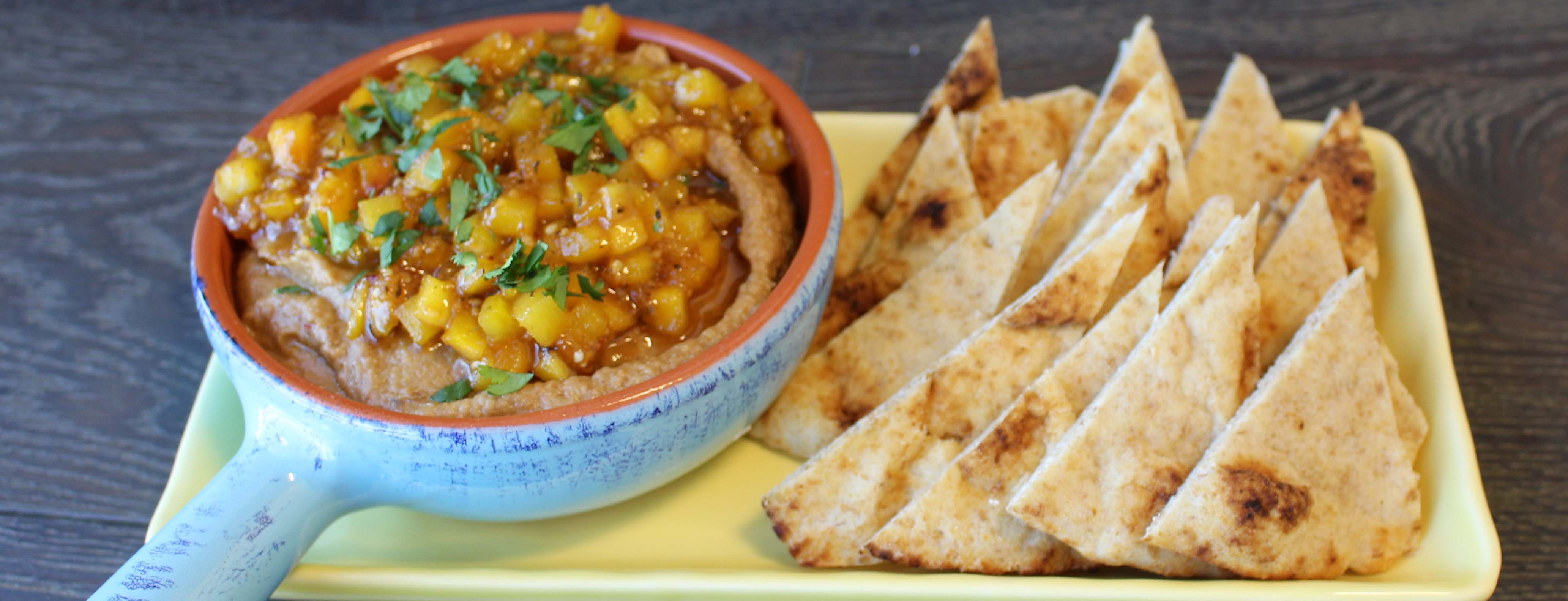
Ful Mudammes with Honey Glazed Spiced Peaches
A fruity twist to a traditional Middle Eastern dish.
Go to Recipe

TOGARASHI &
STRAWBERRY
spicy & savory flavor
Great for
- dressings
- dipping sauces
- soups

Togarashi or "Chinese Mustard" is the main ingredient in the traditional Japanese spice blend Shichimi Togarashi, more commonly known as 7-Spice blend. Although togarashi most likely came to Japan through China, this blend was first created by herb dealers in what is now Tokyo, Japan. This spice blend packs more heat than traditional Japanese spice mixtures and is often used as a seasoning for meats, soups, and noodle or rice dishes.
TOGARASHI &
STRAWBERRY
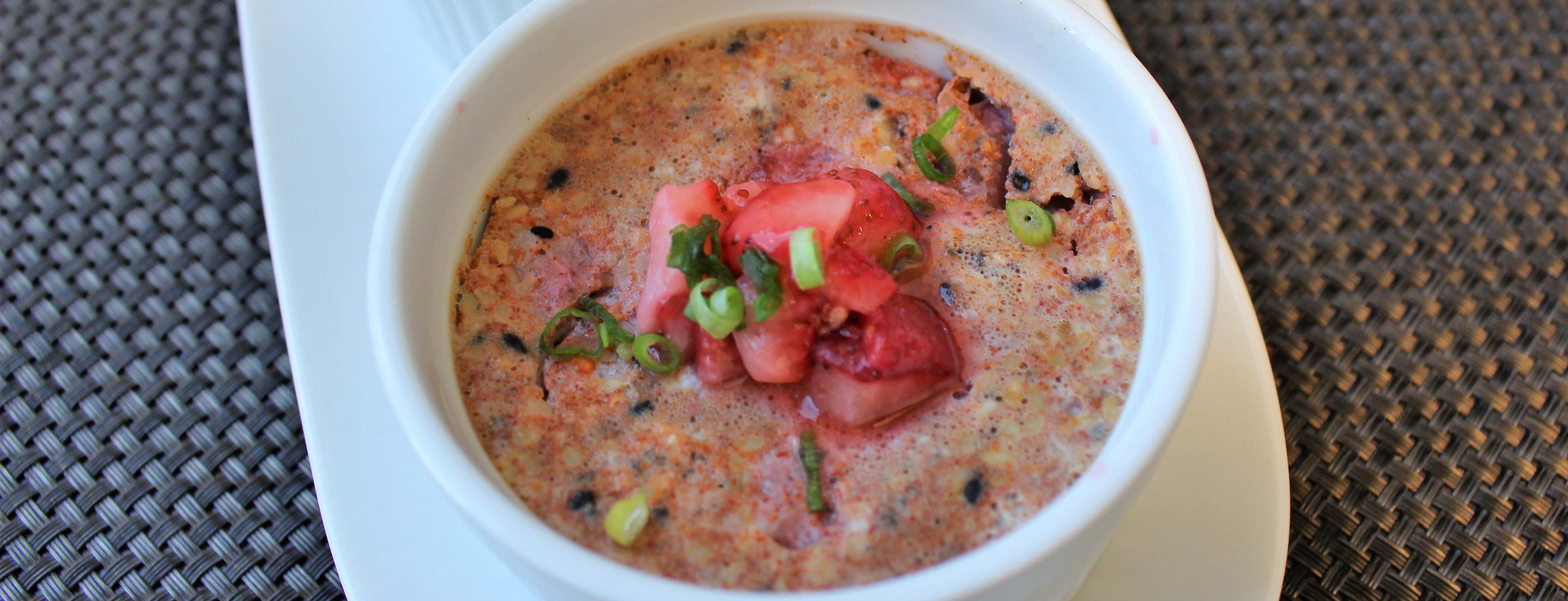
Togarashi and Strawberry Chawanmushi
A traditional Japanese egg dish with a fruity twist.
Go to Recipe

Togarashi and Strawberry Chawanmushi
A traditional Japanese egg dish with a fruity twist.
Go to Recipe

SORGHUM &
CHERRY
earthy & mild flavor
Great for
- pasta
- couscous

Sorghum first appeared during an archaeological dig near the Egyptian-Sudanese border. This crop spread throughout Africa, adapting to a variety of environments along the way. Sorghum can be found in several varieties, which can be attributed to the movement of various tribal groups in Africa. Due to its versatility and health benefits, sorghum spread throughout the world, and is now one of the top 5 cereal grains in the world.
SORGHUM &
CHERRY

Sorghum and Roasted Cherry Flatbread
A unique flatbread made with ancient grains and dark sweet cherries.
Go to Recipe

Sorghum Fried Chicken Sandwich with Cherry Slaw
A fruity twist on traditional fried chicken sandwiches.
Go to Recipe

GOCHUJANG &
RED PAPAYA
sweet & spicy flavor
Great for
- stir-fry
- dipping sauce

Made from the Korean red pepper (gochu), gochujang is one of the most famous fermented food products in Korea. This sweet yet spicy, red pepper paste, has been produced for over a thousand years in Korean culture. Today, the paste is produced throughout all areas of the world and is often used in Asian-inspired dishes such as bibimbap and tteok-bokki.
GOCHUJANG &
RED PAPAYA

Bulgogi Beef with Julienne Red Papaya
Tasty Korean-style beef with a spicy papaya salad.
Go to Recipe
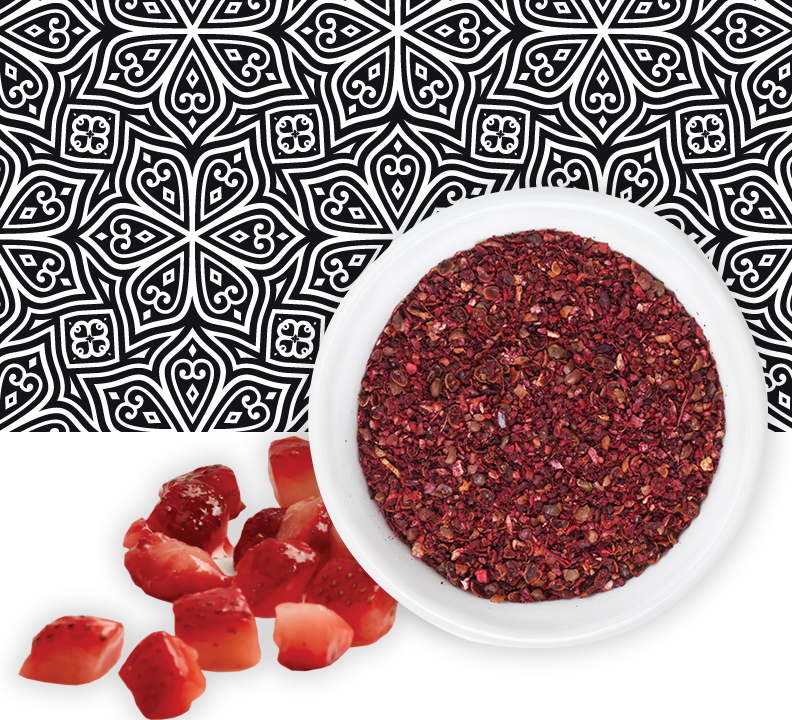
SUMAC &
STRAWBERRY
tangy & sour flavor
Great for
- pasta
- vegetables
- chicken

Before the introduction of lemons, sumac was often used to add tartness to dishes. This bright red berry, originates in the Middle East from the sumac bush. Sumac berries are dried and ground into a coarse powder that is tart and tangy with a hint of lemon flavor. Widely used in Mediterranean cuisine, this spice is slowly making its way into other countries and can be used to top off a variety of dishes.
SUMAC &
STRAWBERRY

Fattoush with Strawberry Sumac Vinaigrette
A Lebanese-style salad accented with strawberries.
Go to Recipe
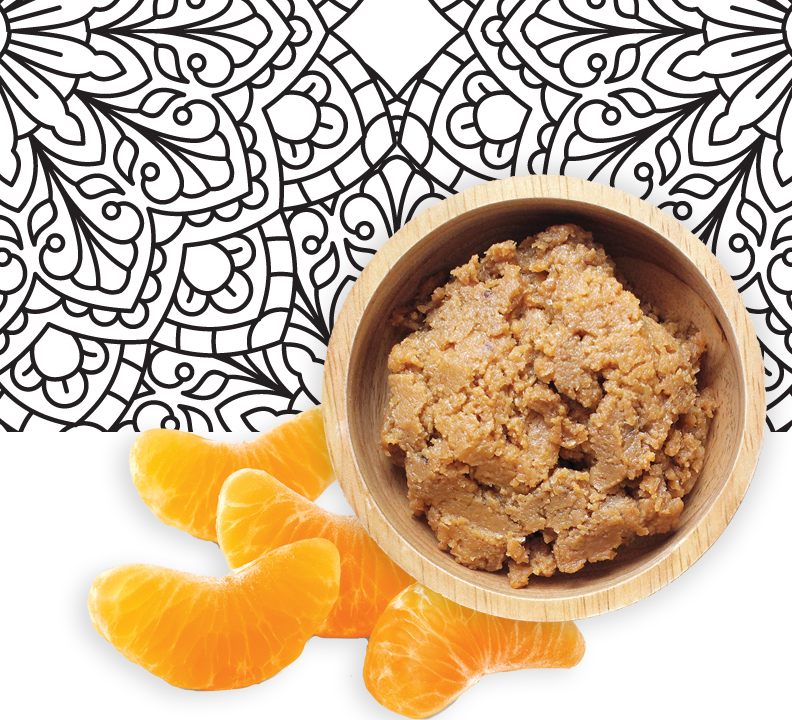
MISO &
MANDARINS
sweet, salty & savory flavor
Great for
- salt substitute

Although the actual origin of miso is unclear, it has become a staple in Japanese cuisine. Some theories state that miso originated in China from "Shou", a marinated meat mixture. Others believe miso was originally unique to Japan. Miso comes in many forms, but is made primarily from fermented soy beans. Today, it's most popularly known in the form of miso soup, a salty and savory, Japanese dish.
MISO &
MANDARINS

Miso Glazed Salmon Topped with Mandarin Orange Salsa
Delicious miso glazed salmon topped with a bright Mandarin orange salsa.
Go to Recipe
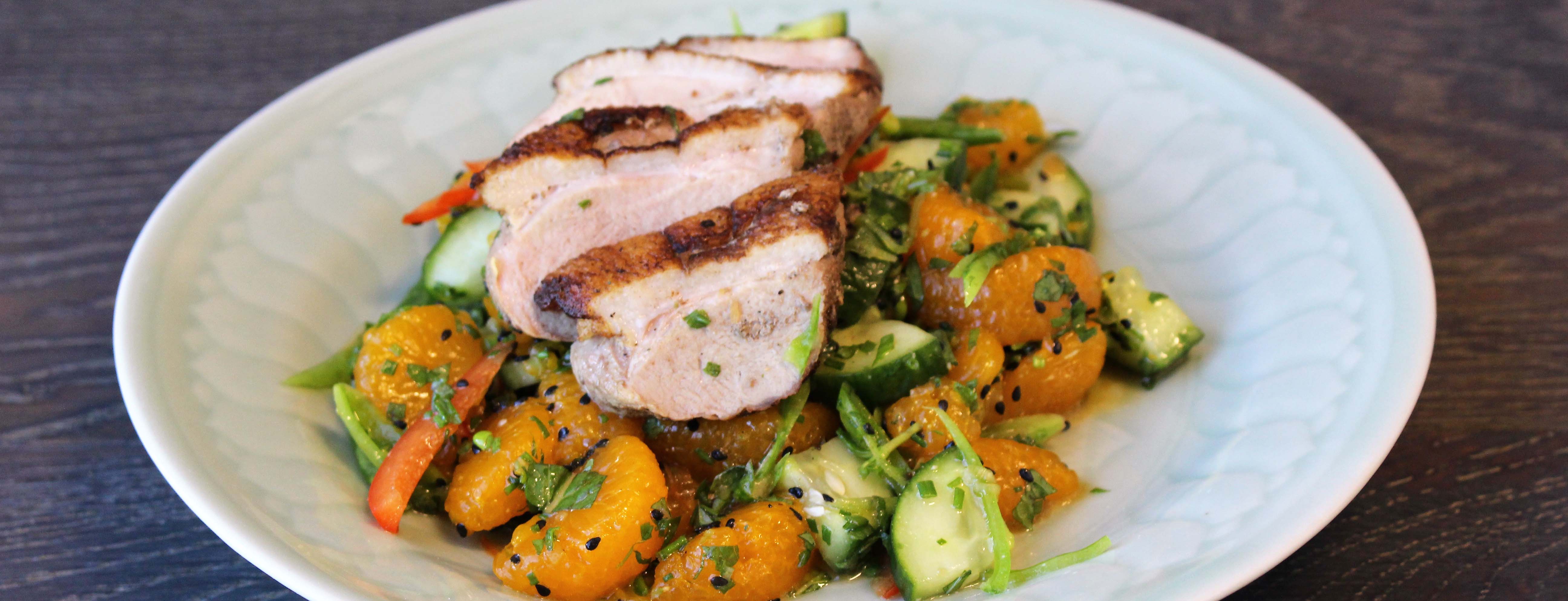
Peking Duck Mandarin Orange Salad with Miso Dressing
A delicious salad topped with duck and mandarin oranges.
Go to Recipe
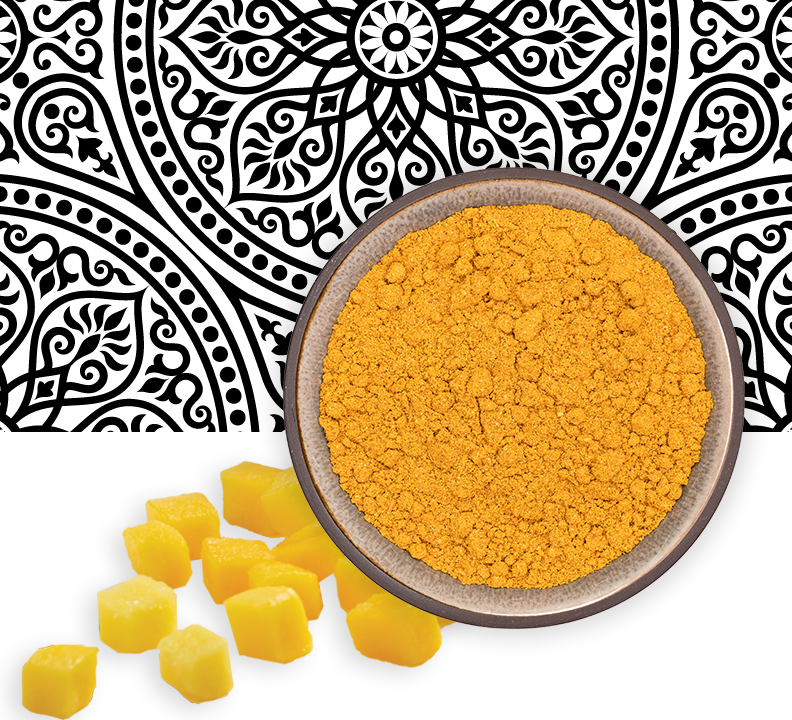
CURRY &
MANGO
sweet & spicy flavor
Great for
- tacos
- lamb
- fish

This popular spice was thought to have originated in India but became famous as a cooking staple in England. It was even mentioned in the first book written on English cooking by Richard II. London even has an entire street, known as Brick Lane, which is lined with curry houses all dedicated to the Indian cuisine. This spice, which can vary in heat from mild to extremely hot, can be used both as dry rub or incorporated into sauces and marinades.
CURRY &
MANGO
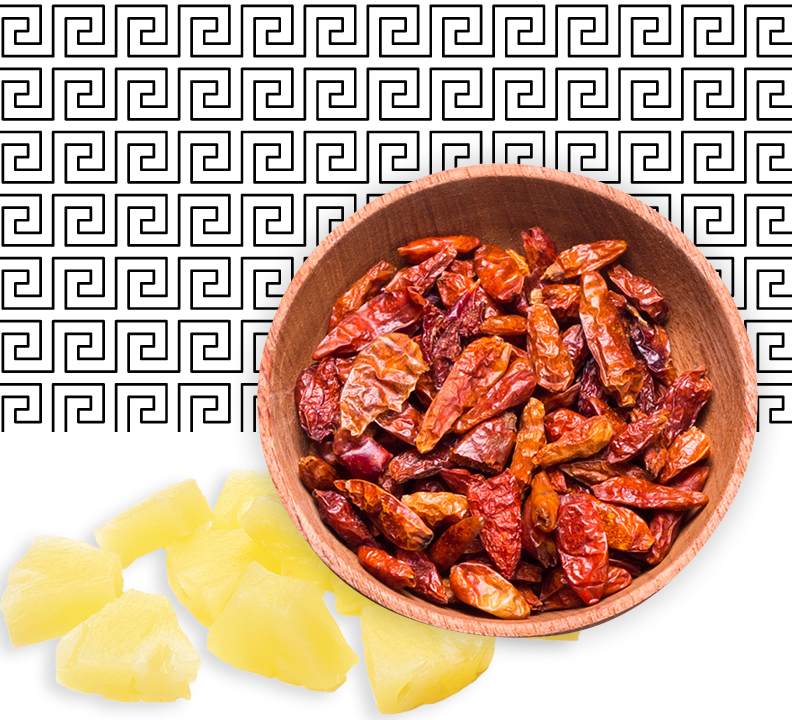
PIRI PIRI &
PINEAPPLE
spicy, fresh & bright flavor
Great for
- burgers
- sandwiches
- wraps

Piri Piri, which translated to "pepper pepper" in Swahili, lives up to its name. This sauce has an intense heat that comes from its' main ingredient, the African Bird's Eye Chili. Portuguese settlers came across the pepper in Africa and used it to create a spicy marinade for various meats. This chili sauce is now used to spice up dishes across the globe.
PIRI PIRI &
PINEAPPLE

TURMERIC &
MANGO
earthy, aromatic & subtle flavor
Great for
- rice
- sauces
- dips

This spice is known for much more than just its' culinary usage. Turmeric was heavily used in Ayurvedic medicine (an ancient Indian form of healing). Beyond medicinal use, the spice had significant religious purpose and was considered sacred by the Hindu religion. Today, the spice is widely used throughout the culinary world to season proteins, vegetables, baked goods and more, but still holds historical and religious significance in Indian culture.
TURMERIC &
MANGO
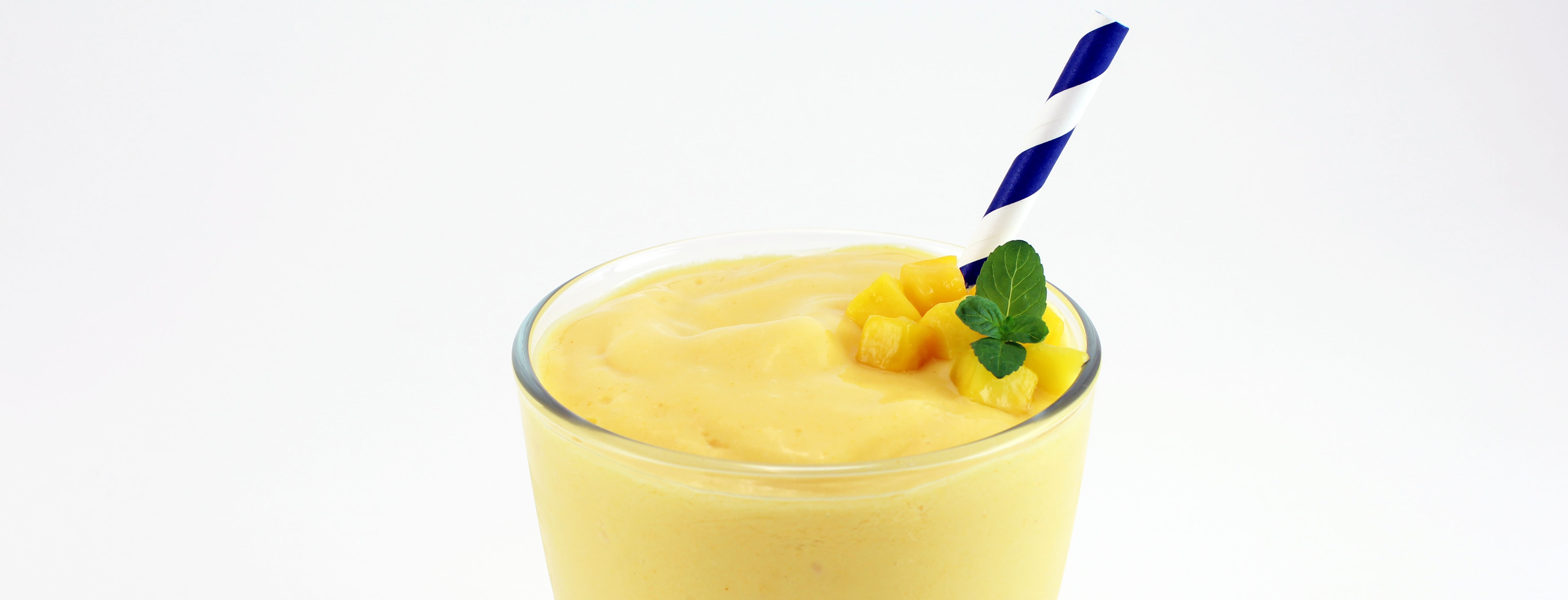
Spiced Mango Lassi Smoothie
A luscious mango smoothie with a hint of ginger and turmeric.
Go to Recipe
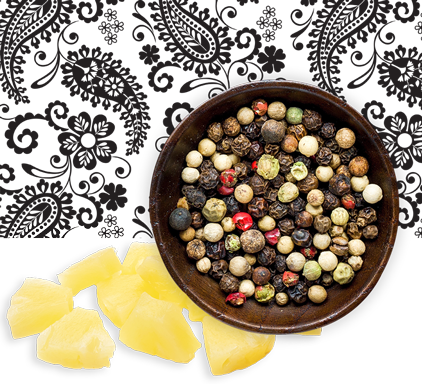
PEPPERCORN &
PINEAPPLE
sharp, aromatic & spicy flavor
Great for
- turkey
- shrimp
- grilled meats

Indigenous to Southwest India, black pepper has been a trade staple since as early as 1000 B.C. Once considered a "luxury spice" in medieval Europe, pepper was not always so easy to come by. As trade routes increased, the spice became more widely available, and is now present in kitchens across the globe.
PEPPERCORN &
PINEAPPLE

Spiked Pineapple and Pink Peppercorn Lemonade
A tequila-based pineapple lemonade with fragrant pink peppercorns.
Go to Recipe

TEA &
MIXED BERRY
light, herbal & fresh flavor
Great for
- beverages
- dry rubs
- desserts

According to Chinese legend, tea was discovered by happenstance when the emperor Shen Nung noticed leaves from a nearby tree had blown into a pot of boiling water being prepared by his servant. The emperor decided to taste the concoction, creating what we now know as tea. While this story is merely a legend, the origin of tea can be linked to China as far back as 206 BC, where tea was found in ancient tombs from the Han dynasty. Today, tea comes in many forms and flavors and is commonly used throughout the world in beverages, sauces, dry rubs and desserts.
TEA &
MIXED BERRY

CARDAMOM &
PEACH
spicy & citrus flavor
Great for
- curry
- glazes

One of the worlds oldest spices, cardamom was used by the Ancient Egyptians for several purposes. Not only was cardamom considered a medicinal agent, but it was also used as an ingredient in perfumes, a breath freshener, and even as a part of certain spiritual rituals. This versatile ingredient is also a commonly used culinary ingredient for dishes including; curry in the Middle East, traditional cardamom tea in Asia, and mulled wine and pastries in Scandinavia..
CARDAMOM &
PEACH

Vanilla Panna Cotta with Cardamom Peach Sauce
A creamy panna cotta topped with a fragrant sauce.
Go to Recipe
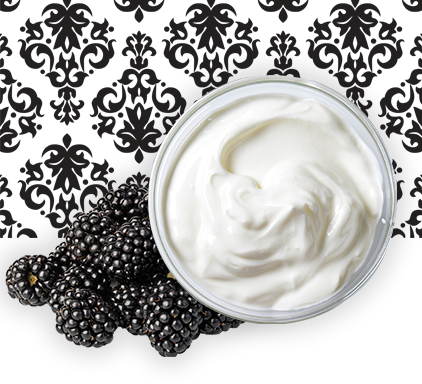
CRÈME FRAICHE &
BLACKBERRY
mild & tangy flavor
Great for
- sauces
- dressings

Believed to have originated in Normandy, Crème Fraiche was once considered a French delicacy. The ingredient has now crossed over into the United Sates and become a popular ingredient in soups and sauces. Additionally, this cultured cream is used as a tart and tangy topping for fruit, pancakes, parfaits, and other baked goods.
CRÈME FRAICHE &
BLACKBERRY

Crème Fraiche Panna Cotta with Blackberry Chantilly
A rich panna cotta served with blackberry cream.
Go to Recipe
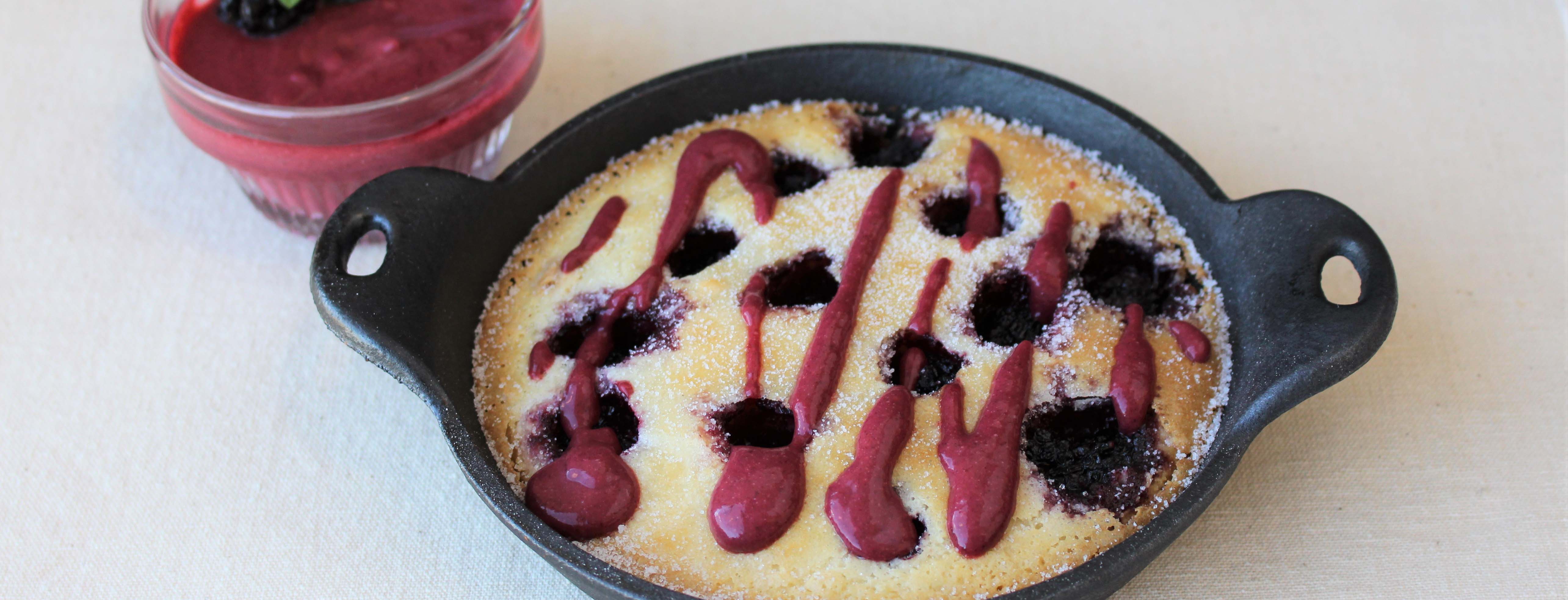
Dole Blackberry Cobbler with Blackberry Crème Fraiche
A delicious cobbler filled with blackberries and topped with blackberry creme.
Go to Recipe
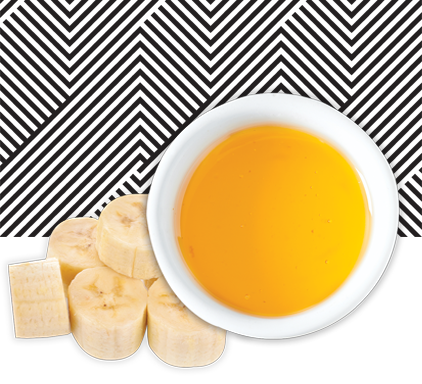
HONEY &
BANANA
rich & sweet flavor
Great for
- pancakes
- pastries
- ice cream

While the exact origin is unknown, humans have been hunting for honey for at least 8,000 years, as evidenced by a rock painting found in Valencia, Spain. This delectable nectar was also found in the tombs of Egyptian pharaohs and is even mentioned in the ancient scrolls of the Koran. In almost every history, there is a mention of honey in one form or another. It's been used to make mead, heal wounds, and provide sustenance for over 8,000 years. Today it is used as an all natural sweetening agent in various culinary concepts around the world.
HONEY &
BANANA
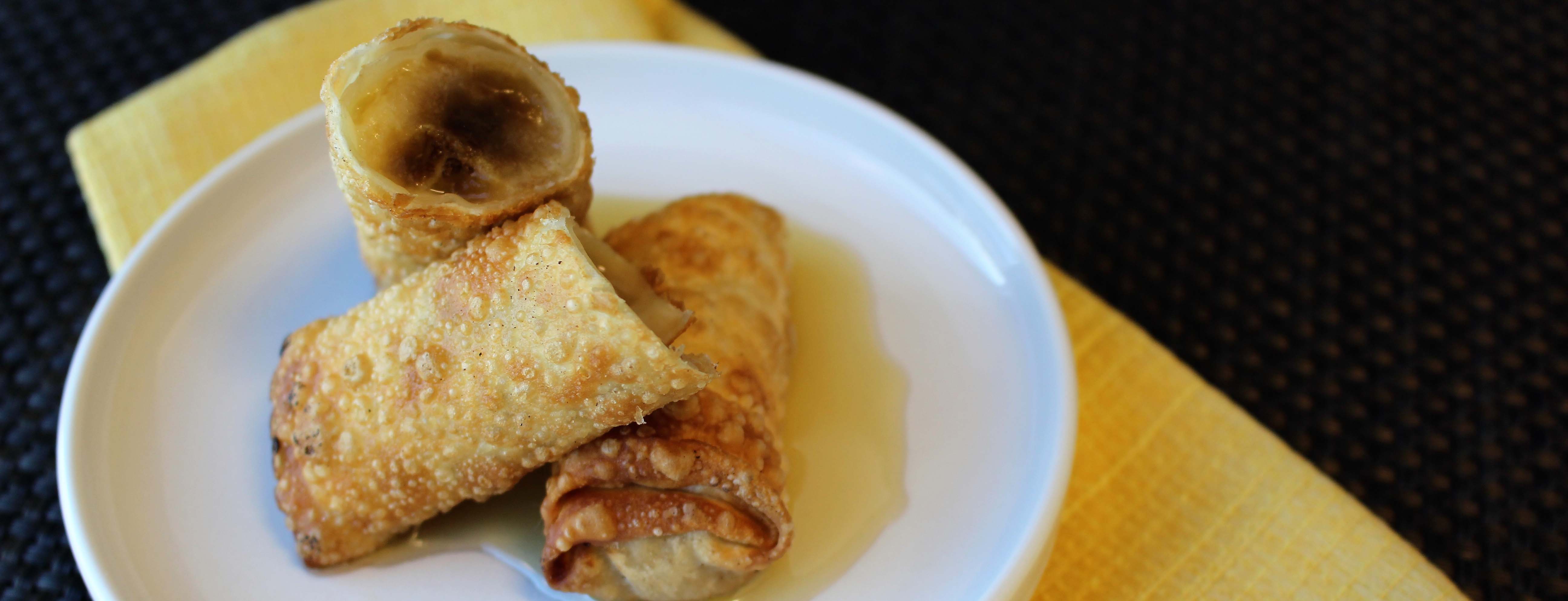
Banana Lumpia with Ginger Honey Sauce
Sweet Filipino style egg rolls filled with bananas.
Go to Recipe

